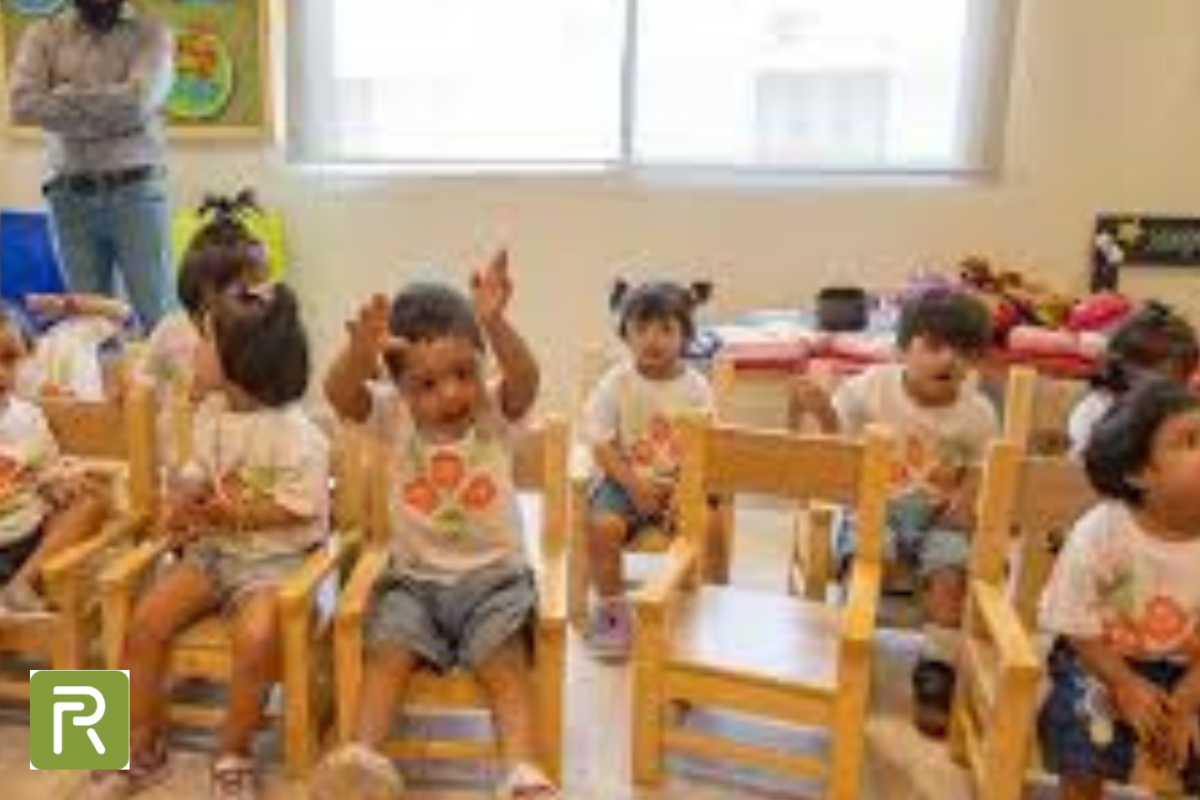Transforming Care in Pakistan
Down syndrome, a genetic condition affecting physical and intellectual development, requires specialized care, education, and resources. In Pakistan, where awareness and support for individuals with Down syndrome are still growing, mobile technology is emerging as a powerful tool. Mobile apps tailored for Down syndrome are helping caregivers, educators, and healthcare providers improve the lives of those affected by the condition.
This article delves into the significance of apps for Down syndrome in Pakistan, highlighting their features, benefits, and potential to address key challenges in care and inclusion.
Understanding Down Syndrome in Pakistan
The Prevalence and Challenges
A person with an extra copy of chromosome 21 is said to have Down syndrome. Although the precise frequency in Pakistan is poorly known, estimates from throughout the world indicate that 1 in 700 live births is impacted. Important difficulties include:
restricted availability of therapy and skilled medical facilities.
Developmental problems are stigmatized and poorly understood.
inadequate specific needs-based educational resources.
The Role of Technology
In recent years, technology has played a growing role in addressing these gaps. Mobile apps, in particular, provide accessible and affordable solutions for therapy, education, and community support, making a significant impact in a resource-constrained environment like Pakistan.
Features of Apps for Down Syndrome
Apps designed for Down syndrome offer various features that cater to the unique needs of individuals with the condition and their caregivers:
1. Developmental Milestone Tracking
- Tools to monitor physical, cognitive, and social milestones.
- Notifications to remind caregivers of key activities like therapy sessions.
2. Speech and Language Therapy
- Interactive exercises to improve communication skills.
- Games that focus on vocabulary, articulation, and comprehension.
3. Learning and Educational Tools
- Activities that teach basic academic skills like numbers, shapes, and letters.
- Customized learning modules for different developmental levels.
4. Health Management
- Medication reminders and appointment scheduling.
- Integration with wearable devices for monitoring vital signs.
5. Community Support
- Platforms for connecting with other families and support groups.
- Resources for understanding Down syndrome and addressing challenges.
Popular Apps Supporting Down Syndrome
While Pakistan-specific apps are limited, several global apps offer value to users in the country:
1. Baby Noggin
- Focuses on tracking developmental milestones for children.
- Provides activities to encourage growth in critical areas like motor skills and communication.
2. Proloquo2Go
- An augmentative and alternative communication (AAC) app that helps nonverbal individuals communicate.
- Useful for children and adults with speech delays or challenges.
3. Down Syndrome Education International (DSE) Apps
- A series of apps offering educational resources, reading tools, and language development support.
4. Ahvaz App
- A communication app designed for individuals with developmental disorders.
- Includes language exercises and caregiver resources.
How Apps Can Transform Down Syndrome Care in Pakistan
Accessibility and Affordability
Smartphones are increasingly accessible across Pakistan, even in rural areas. Mobile apps offer an affordable alternative to physical therapy centers, which may be limited in number or costly.
Awareness and Education
Apps help educate parents, caregivers, and educators about Down syndrome, breaking stigmas and equipping them with strategies to support individuals effectively.
Bridging Healthcare Gaps
In Pakistan, specialized care centers are often concentrated in urban areas. Apps provide therapy tools and health management resources to families in remote or underserved regions.
Building Communities
Apps with social platforms foster a sense of community among families, enabling them to share experiences, seek advice, and celebrate achievements together.
Difficulties in Adopting Apps for Down Syndrome in Pakistan
Despite the benefits, several barriers exist to widespread adoption:
1. Limited Localized Content
Most available apps are developed for Western audiences and lack Urdu language support or cultural relevance.
2. Digital Literacy

Caregivers, especially in rural areas, may struggle with navigating technology effectively.
3. Cost of Premium Features
Many apps offer basic features for free but charge for advanced tools, making them less accessible for low-income families.
Recommendations for Expanding App Usage
Develop Localized Apps
- Design apps in Urdu and other regional languages.
- Incorporate culturally relevant content that resonates with Pakistani families.
Increase Awareness
- Launch campaigns to educate parents and caregivers about the benefits of using apps.
- Collaborate with schools and healthcare centers to promote app adoption.
Subsidize Costs
- Partner with nonprofits and government programs to subsidize premium features for low-income families.
Train Caregivers
- Provide workshops on digital literacy and app usage, particularly in rural areas.
Success Stories: Technology Empowering Lives
A Karachi Family’s Journey
Ali, a five-year-old boy with Down syndrome from Karachi, struggled with speech delays. His parents began using a speech therapy app recommended by their pediatrician. Over time, Ali showed significant improvements in articulation and confidence, demonstrating the transformative potential of digital tools.
Community Building Through Apps
In Lahore, a support group for families of children with Down syndrome formed through a mobile app. The group now organizes regular meetups and shares resources, showcasing how technology can foster connection and empowerment.
FAQs
Are there any Pakistan-specific apps for Down syndrome?
Currently, Pakistan-specific apps for Down syndrome are limited. However, global apps with flexible features can be adapted for use in the country.
How can parents in rural areas access these apps?
Most apps are available on popular platforms like Google Play Store, which is accessible in rural areas with internet connectivity.
What should parents look for in a Down syndrome app?
Key features include language support, therapy tools, milestone tracking, and caregiver resources. Ensure the app is user-friendly and age-appropriate.
Can schools use these apps for special education?
Yes, many apps are designed for classroom use, offering activities and tools that support individualized learning plans.
Are these apps a substitute for professional therapy?
Apps are not a replacement for professional therapy but serve as complementary tools to enhance care and support.
Conclusion
Apps for Down syndrome are reshaping how individuals and families navigate the challenges of this condition, offering innovative solutions for education, therapy, and community support. In Pakistan, where access to specialized care can be limited, these apps represent a vital resource for bridging gaps and empowering lives.
By localizing content, increasing awareness, and addressing affordability barriers, Pakistan can unlock the full potential of digital tools to create a more inclusive and supportive environment for individuals with Down syndrome. The journey begins with a single download—and a world of possibilities.




